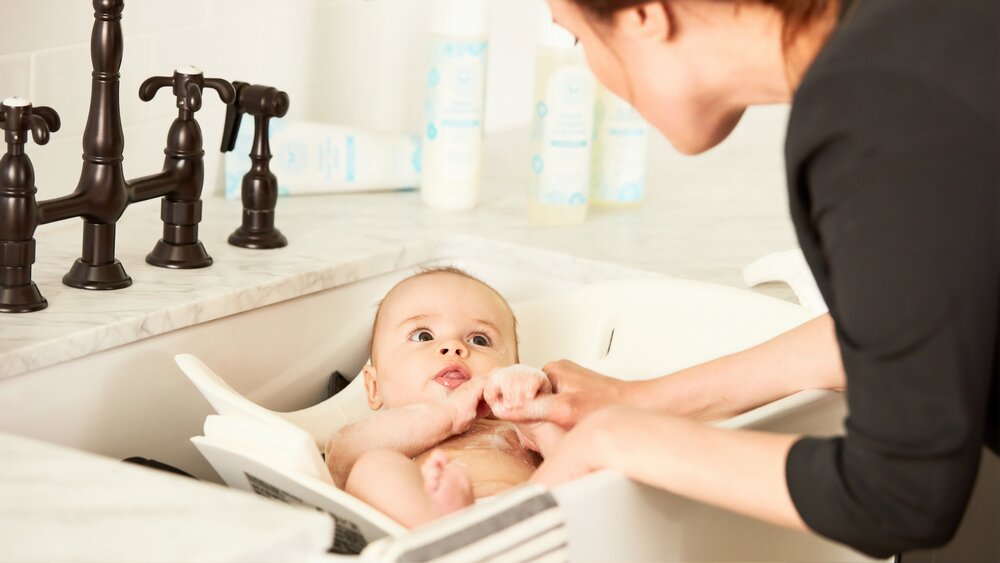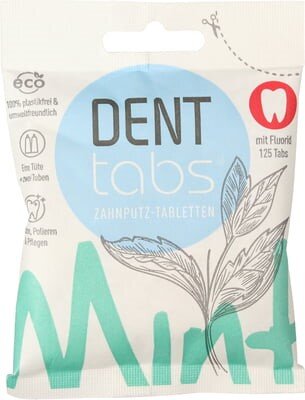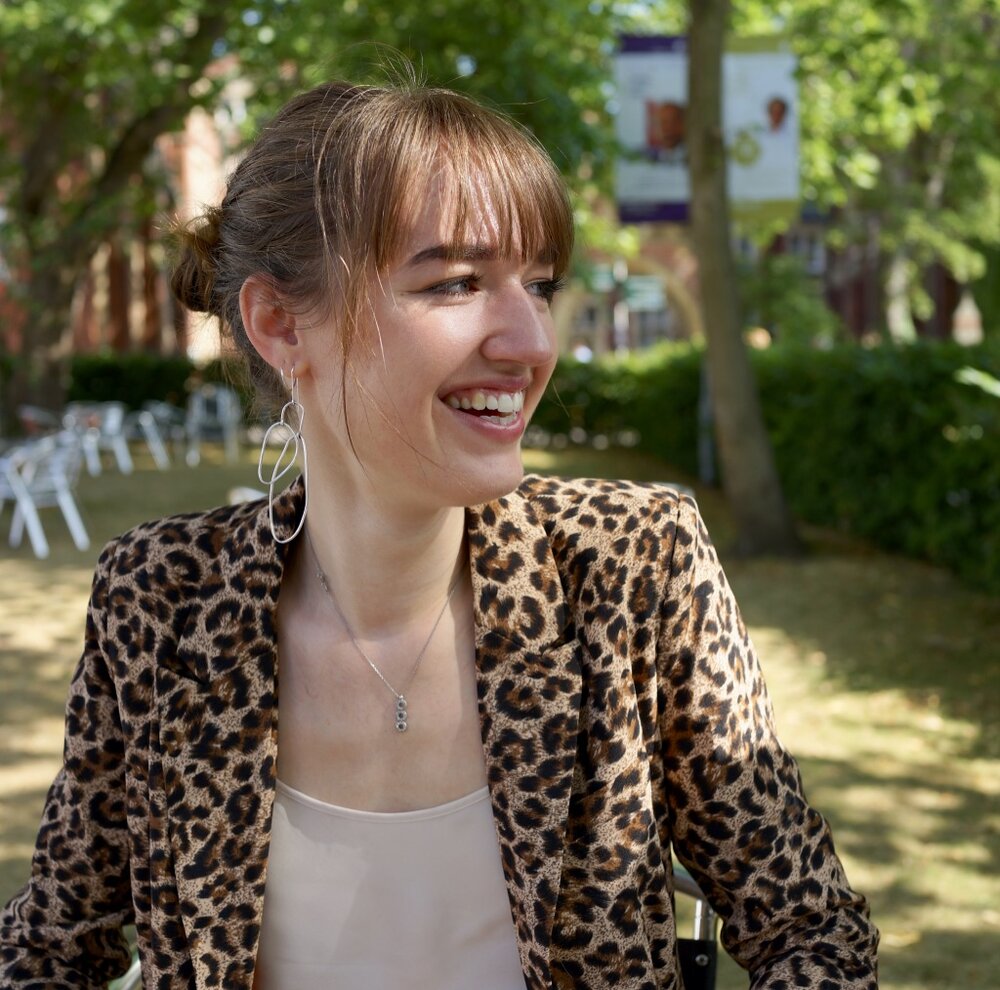Zero Waste Bath Time (for Kids!)
Posted by Pawan Saunya on
Spoiler alert parents… you don’t have bathe your children every. single. night! A little dirt builds the immune system. Yet, for many young families, bath time is an institution- it’s the final hurdle before bedtime and peace.
While you may judge the choice of breastfeeding reading material, there is little that makes anyone laugh in the twilight hours but Sophie Kinsella nailed it:
“The general perception is that if bath time goes, everything goes. Chaos descends. Civilization disintegrates. Children are found wandering the street in tatters, gnawing on animal bones while their parents rock and whimper in alleyways.” Surprise Me. A Novel.
So, parents, if you are going to insist on that bath, make sure the environment loves it, you love it and the kids love it - water play in the bath is a whole lot less messy than pans on the kitchen floor! Oh, and more water saved. Kids are contained, you are seated, let the games commence.
How shallow are you?
It is a true fact that a shallow bath uses the same amount of water as a 5-minute power shower, so in the age-old shower vs bath argument, we are good. Ideally, all children would share the water and throw in an adult too, or … use it later. Peace.
Eco-friendly bath toys
Get those eco-friendly rubber ducks in a row. We ducking love this hilarious range of biodegradable bath ducks made from hevea tree sap; choose from the disdainful Parisian or adventurous pilot or cheery snorkeler. Safe from birth, they can be squeezed, chewed, gummed – delicious!

Lanco French Rubber Duck, PomPom, £5.99
Oh bamboo, we love you.
Teeth can be brushed in the bath before washing, tick more water saved! Each year we throw away 260 million plastic toothbrushes in the UK, none of which can be recycled. So, don’t forget to swap your plastic brush for a bamboo one.
Get yer teeth into it!
Step away from the plastic tubes of toothpaste and embrace plastic-free toothpaste options for your whole family. Fluoride vs no Fluoride is your call.
Georganics., Mint Toothpaste, £6.90. Fluoride, SLS & Glycerin free. Recyclable glass jar, aluminum lid and compostable box. Kids are supposed to love the orange, ours preferred the mint.

Dentabs. Fluoride offers the benefits of remineralization. Leave them out for a day or two, as they are quite spicy! Tastes like toothpaste and Is in compostable corn starch. Smart. Chew and brush, from age 6+.

No More Tears : Plastic Free Shampoo
Calling all babies, children, adults. Shampoo bars work. I swear. Ditch the chemicals and the plastic bottles. Children won’t notice the difference and, adults, the bars foam a little less but they will leave your hair soft and clean. Try, just once. Priced at under a fiver, it’s cheaper than your lunch and lasts longer!

Living Naturally, Calendula & Camomile Soap & Shampoo Bar, PomPom £4
Nightie, nightie, pyjama, pyjama.
We adore these award winning, design led, organic & ethical pyjamas created by mother and designer, Alienor Falconer. They are soft, cosy and adorable. Tried and tested.

Muslin Button Down Pyjamas, The Bright Company, £39.
These small changes in your routine have a huge impact, “but it’s one toothbrush said 9 billion people!” Simple steps, simple swaps- plastic for biodegradable ducks, plastic for bamboo toothbrushes, plastic bottles for shampoo bars. Have any more tips for an eco-friendly bath routine? We would love to hear it in the comments.
And with that, I bid you goodnight.

Cecily Henderson
is one half of PomPom – a trailblazing website for imaginative plastic free designs for children, from product to packaging. Katherine and Cecily are old friends, they met at university, trotting late to lectures and much too late home. They shared hopes, lectures and Ribena. They have a collective love of travel, books, theatre, art, design, the environment and now, children. They are imperfectly green. Katherine has two small girls and Cecily two small boys, one of which arrives imminently. Sounds more like a matchmaking service than a business venture to me!.
How The Fast Fashion Industry is Killing the Planet
Posted by Pawan Saunya on
If you walk into H&M, Zara, or Forever 21, you’re going to immediately get a pretty good idea of the fast fashion industry. The industry is one of companies and retailers that pump out on-trend clothes at ridiculously quick rates for ridiculously cheap prices.
These fast fashion clothes are able to be produced quickly and cheaply because of the sacrifices the companies make. Instead of making high-quality clothes that will last you years, they make poor quality clothes that will barely last you months (so you’ll have to come back to them and buy more). Instead of paying their workers a living wage, they make them work long hours and pay them next to nothing. Instead of being mindful of their environmental practices, they pollute, release CO2, and create monumental amounts of waste to no end.
The fast fashion industry has created a vicious clothing cycle that consumers buy into. Instead of buying a few high-quality, timeless pieces that will last them for years, consumers opt to buy a ton of low-quality, on-trend pieces that will only last a few months- either because the fabric gave out or because it’s no longer “in style”.
The cheap price point of fast fashion clothing is enabling this overconsumption of textiles. Most consumers no longer have to be mindful about their clothing purchases, because they can go to H&M and buy a dress for the price of a latte. We buy twice as much clothing as we did just 15 years ago, and this gap is only growing.
Between the growing demand of consumers for cheap, on-trend clothes and the irresponsible production practices of fast fashion companies, the industry has positioned itself as one of the largest polluting industries in the world- second only to oil and gas- and as an industry responsible for 5% of global carbon emissions, over 90 million tons of waste, and .6-1.7 million tons of ocean microplastic pollution.
The negative impacts of the industry don’t stop at its unprecedented environmental impact- the industry barely pays its workers. They exploit their labor force, which is 85% women, and force them to work long hours for below a living wage. These workers are often in unsafe working conditions- some have to deal with the health impacts of handling chemicals all day, and some of them have to work in buildings that are on the verge of collapse. A perfect example of this worker mistreatment was the Rana Plaza collapse in Bangladesh in 2013. Over 1800 garment factory workers were killed because management didn’t take workers’ fear of the building collapsing seriously- they were too focused on turning a profit.
As you can see, the magnitude of the impacts of the fast fashion industry is huge. The industry employs 40 million people, turns a profit of around $3 trillion, and is still growing. However, there is a lot of room for consumers to take charge and demand change.
For one, we can boycott fast fashion altogether. While the industry can increase workers’ wages, decrease chemical use and create textile recycling programs to lessen their social and environmental impact, the reality is that this model of unprecedented fast production and consumption of textiles is inherently unsustainable. The sustainable model of textiles is built off of producing and consuming less, and this is a model that will never work for the fast fashion industry. So, as consumers, we need to shift away from fast fashion and support companies that produce timeless pieces that won’t go out of style within a month (and that also utilize ethical, sustainable practices), or shift towards buying second hand if the pricepoint of the ethical and sustainable brands is too fiscally unattainable.
Consumers can also start valuing the clothing they have and be chronic outfit repeaters (a great label in my book). If we start loving and living with what we already have and stop our urge to revamp our wardrobe every couple of months, we can make a huge dent in the demand for fast fashion and clothing in general. However, in order for most people to start truly loving and valuing their clothes, there would have to be some major shifts within society. People will need to stop feeling as if their self worth comes from their appearance, and brands will need to stop marketing towards vulnerable young women in a way that makes them feel insecure if they don’t adopt the latest trends.
If you’re interested in learning more about the fast fashion industry, we recommend watching the documentary “The True Cost”.

Maddie Vos
is in charge of maintaining the Zero Waste Club community through regular video content. A keen videographer, she wants to spread the message of sustainability to the masses. She currently is living and working in London, and enjoys yoga and art in her free time.

Kayla Guilliams
is the blog manager for Zero Waste Club, combining her love for writing with her passion for all things environmental sustainability. She is currently a student at the University of North Carolina at Chapel Hill where she is studying journalism, environmental studies, and food studies in hopes of building a career in environmental activism. You can find her on Instagram as @kaylaguilliams.
From Farm to Cup: Sustainable Coffee 101
Posted by Pawan Saunya onCoffee is beloved everywhere for its energy inducing abilities and indulgent taste. However, the sad reality is that this backbone of the modern world generally comes at an unsustainable price.
The sustainability issues surrounding coffee can be seen at all stages of production- starting in the growing phase. Traditional farming practices have been passed on through families for decades, and because they were devised before the development of pesticides and fertilizers, these practices are chemical-free and cultivate healthy soil. This method of production is called shade-grown, as the coffee grows in shade beneath the forest canopy- how coffee naturally grows. However, this isn’t common practice.
To keep up with growing demand, most coffee is grown in full sun on land that has been cleared of trees. This method of growing is referred to as sun-grown. It hurts biodiversity, soil health, and water quality due to its use of chemicals and deforested land. In addition, a lot of farmers who grow using this method are usually treated unethically and aren’t paid a fair wage, and some are working under forced labor.

The next stage of coffee production, processing, is a source of waste and pollution. After coffee is picked, the bean has to be separated from the cherry. This process results in pulp waste, which is often dumped into aquatic ecosystems, harming soil and water health. The processing of coffee also requires a lot of water, and the processing plants discharge effluent that can be greatly problematic to water quality if not properly disposed of.
After the beans are processed, they’re pretty much ready to be packaged and sold. If you’re like 30% of Britons, you buy coffee that is packaged in plastic pods. These pods are only recyclable if you separate out the plastic components, which is relatively time-consuming. If you don’t buy the pods, you probably buy grounds packaged in plastic bags that aren’t recyclable or compostable. The brewing process also requires the use of paper filters, which require a lot of water and energy- not to mention they’re single-use.
The next stage in the coffee process is brewing, a process that ends with spent coffee grounds as a waste product. 500,000 tons of spent coffee grounds are created each year in the UK. If these grounds are sent to the landfill, rather than being reused or composted, they emit around 1,800,000 tonnes of carbon as they break down.
After your coffee is brewed, you need a vessel to put it in. Unfortunately, for the average coffee connoisseur, this vessel of choice is often a single-use paper cup. In the UK, 2.5 billion single-use coffee cups are used each year- this is enough coffee cups to stretch around the planet 5.5 times. These cups can’t be composted, because they’re generally lined with plastic, nor can they be recycled at most facilities.

Courtesy of The Rolling Bean
What You Can Do:
While each stage of the coffee production process has an unsustainable component, there is a lot that consumers can do to make their coffee habit more sustainable.
Buy shade-grown and fair trade coffee from producers who cultivate personal relationships with their farmers to ensure fair labor practices (Cafédirect, La Colombe, Deans Beans)
Buy your coffee in bulk with a reusable bag to avoid plastic packaging (learn how to make your own reusable bag out of scrap fabric here)
If you use a pod machine for your coffee, buy a reusable pod that you refill with coffee grounds each use
Use a reusable coffee filter rather than paper ones
Reuse your spent coffee grounds to create body scrubs, grow mushrooms, eliminate odors, and so much more
Refuse single-use coffee cups by using a reusable mug (preferably a mug or thermos that you already have on hand)

Kayla Guilliams
Is the blog manager for Zero Waste Club, combining her love for writing with her passion for all things environmental sustainability. She is currently a student at the University of North Carolina at Chapel Hill where she is studying journalism, environmental studies, and food studies in hopes of building a career in environmental activism. You can find her on Instagram as @kaylaguilliams.
Make Food From Halloween Pumpkin Waste | 3x Recipes.
Posted by Pawan Saunya onCarving pumpkins this week for Halloween? Don’t just carve it and throw the insides away! Why not make some delicious food with it too!
The UK is expected to waste 8 million pumpkins this year, so please consider using your pumpkin for food as well as decoration.
1) Toasted Pumpkin Seeds Spice Mix:
1/2 tsp Salt
1/2 tsp Pepper
1/2 tsp Smoked paprika
1/8 tsp Chilli flakes
2) Skin-on Pumpkin Chips spice mix:
1 tsp Za’atar
1/2 tsp salt
1/2 tsp pepper
3) Vegan Pumpkin Pie Ingredients:
400g pumpkin puree
175ml full fat coconut milk
30g cornstarch
130g brown sugar
50ml maple syrup or agave nectar
1 tsp vanilla extract
1 tsp salt
2 tsp cinnamon
1 tsp ginger
1/2 tsp nutmeg
1/2 tsp all spice
1 pack of ready-made shortcrust pastry (or home-made!)
Let us know below if you have any sustainable tips for the Halloween period!

Maddie Vos
is in charge of maintaining the Zero Waste Club community through regular video content. A keen videographer, she wants to spread the message of sustainability to the masses. She currently is living and working in London, and enjoys yoga and art in her free time.
DIY: Delicious Crisps From Veggie Peels
Posted by Pawan Saunya onWhether a recipe calls for peel-free vegetables or you simply don’t like eating them, veggie peels are one of those waste products that are inevitably created no matter how hard you try to curb your waste.
These peels are often tossed in the landfill or composted, meaning the ability of them to be turned into scrumptious creations that avert food waste and save money is often overlooked.
The most common way for veggie peels to be reused is in creating veggie broth, but they can also be used to create a cheap, delicious alternative to traditional crisps.
All you have to do is collect your veggie peels, season them with olive oil and a spice blend of your choice, and then pop them in the oven. You will then have a delicious batch of crisps that your eco-conscious heart can feel good about eating.

Maddie Vos
is in charge of maintaining the Zero Waste Club community through regular video content. A keen videographer, she wants to spread the message of sustainability to the masses. She currently is living and working in London, and enjoys yoga and art in her free time.

Kayla Guilliams
is the blog manager for Zero Waste Club, combining her love for writing with her passion for all things environmental sustainability. She is currently a student at the University of North Carolina at Chapel Hill where she is studying journalism, environmental studies, and food studies in hopes of building a career in environmental activism. You can find her on Instagram as @kaylaguilliams.
